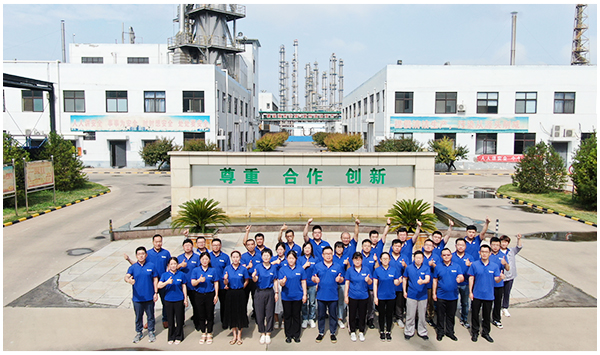
News
dec . 23, 2024 08:42 Back to list
chelant
The Role of Chelants in Modern Chemistry
Chelants, or chelating agents, are complex molecules that bind to metal ions, forming stable, ring-like structures. The term chelation comes from the Greek word chēlē, which means claw, reflecting the way these compounds grasp metal ions, effectively trapping them. This unique property of chelants has made them invaluable in various fields, including medicine, agriculture, and environmental science.
Understanding Chelation
At the heart of a chelant's functionality is its ability to coordinate with metal ions. Most chelating agents contain multiple binding sites—donor atoms such as nitrogen, oxygen, or sulfur—that can simultaneously interact with a metal ion. This multi-dentate nature not only enhances the stability of the formed complex but also decreases the metal ion's reactivity, which can be particularly beneficial in preventing toxic side effects in biological systems.
There are two main categories of chelants synthetic chelating agents and natural chelating agents. Synthetic agents, such as EDTA (ethylenediaminetetraacetic acid) and DTPA (diethylenetriaminepentaacetic acid), are extensively used due to their high efficiency and versatility. On the other hand, natural chelating agents, like citric acid and certain amino acids, are derived from biological sources and are often lauded for their low toxicity and biodegradability.
Applications in Medicine
In the medical field, chelation therapy has emerged as a critical intervention for treating heavy metal poisoning. Exposure to metals such as lead, mercury, or arsenic can cause severe health issues, including neurological damage and organ dysfunction. Chelating agents, such as dimercaprol and EDTA, can bind to these toxic metals, facilitating their excretion from the body. This process not only alleviates toxicity but can also prevent long-term health complications.
Moreover, chelants are also utilized in managing conditions like iron overload
. Patients with conditions such as thalassemia or hemochromatosis often accumulate excess iron in their bodies, which can lead to organ damage. Chelators, such as deferoxamine, are employed to remove this surplus iron, thereby improving patient outcomes and quality of life.chelant

Agricultural Uses
In agriculture, chelants play a vital role in enhancing the bioavailability of essential micronutrients to plants. Many metal ions, such as iron and zinc, are crucial for plant growth but can become insoluble in soil, making them unavailable for uptake. By forming complexes with these metal ions, chelants increase their solubility and mobility, thus facilitating their absorption by plants.
Furthermore, chelants can help mitigate problems associated with soil contamination. In areas where heavy metals accumulate due to industrial activities, chelating agents can be used to mobilize these toxins, making them easier to extract or stabilize, thereby improving soil quality and safety.
Environmental Remediation
The environmental application of chelants extends to the field of remediation, where they are crucial in cleaning up contaminated environments. Chelating agents can be utilized in processes such as phytoremediation, where plants are used to absorb and accumulate heavy metals from the soil. By enhancing the efficiency of metal uptake, chelants can significantly improve the effectiveness of these green cleanup efforts.
Additionally, chelating agents are employed in wastewater treatment plants to bind harmful metals, reducing their toxicity and aiding in their removal from effluents. This process is vital for protecting aquatic ecosystems and ensures that discharged water meets safety standards.
Conclusion
In conclusion, chelants are indispensable tools across various scientific disciplines. Their ability to bind metal ions not only aids in medical treatments for heavy metal poisoning and iron overload but also boosts agricultural productivity by enhancing nutrient availability. Moreover, their role in environmental remediation highlights their importance in addressing ecological challenges. As research advances, the development of new chelating agents, particularly those that are more efficient and environmentally friendly, will likely continue to expand their applications and benefits. Thus, the study of chelants remains a dynamic and crucial area in modern chemistry.
-
OEM Chelating Agent Preservative Supplier & Manufacturer High-Quality Customized Solutions
NewsJul.08,2025
-
OEM Potassium Chelating Agent Manufacturer - Custom Potassium Oxalate & Citrate Solutions
NewsJul.08,2025
-
OEM Pentasodium DTPA Chelating Agent Supplier & Manufacturer High Purity & Cost-Effective Solutions
NewsJul.08,2025
-
High-Efficiency Chelated Trace Elements Fertilizer Bulk Supplier & Manufacturer Quotes
NewsJul.07,2025
-
High Quality K Formation for a Chelating Agent – Reliable Manufacturer & Supplier
NewsJul.07,2025
-
Best Chelated Iron Supplement for Plants Reliable Chelated Iron Fertilizer Supplier & Price
NewsJul.06,2025
